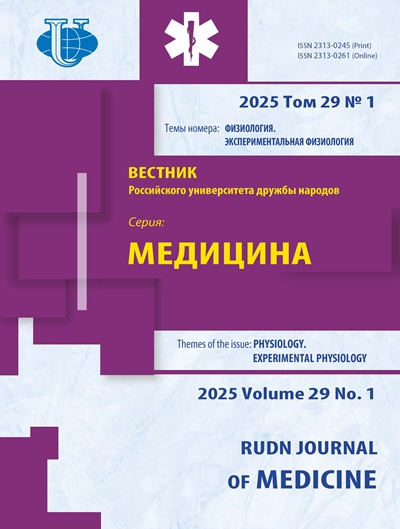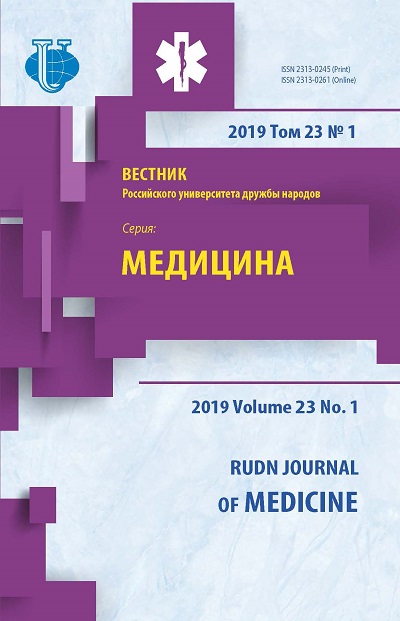Аннотация
Неуклонный рост числа заболеваний, ассоциированных с герпесвирусными инфекциями, является одной из актуальных междисциплинарных проблем современной медицины. Разнообразие клинических и лабораторных «масок» этих инфекций представляет большие сложности в интерпретации полученных клинико-анамнестических и лабораторных данных, а также результатов объективного осмотра пациентов. Это связано с низкой осведомленностью врачей о наличии атипичных хронических активных форм этих инфекций, вызываемых в частности вирусом Эпштейна-Барр, которые затрудняют постановку диагноза и приводят к серьезным последствиям, связанным с персистированием вирусов в организме человека. Проведены исследования особенностей функционирования системы противовирусной защиты, а также дефекты и нарушения в системе интерферонов у пациентов, страдающих различными моно-, микст-герпесвирусными инфекциями и бактериальными ко-инфекциями. Выявлены основные клинические синдромы, ассоциированные с этими герпетическим инфекциям, а также превалирующие нозологические формы сопутствующих заболеваний. Среди группы пациентов, страдающих моно-герпесвирусными инфекциями лидирующее положение занимает аллергический синдром (55%), в то время как в структуре заболеваемости пациентов с микст-герпесвирусными инфекциями превалируют синдром хронической усталости (85%) и инфекционный синдром (68%). Расширенное тестирование состояния основных механизмов противовирусной защиты, позволило выявить наиболее часто встречающиеся дефекты функционирования противовирусного иммунитета: нарушения индуцированной продукции ИФНα и ИФНγ, дефицит цитотоксических Т лимфоцитов, дефицит естественных киллерных клеток, в т.ч. ЕКТ, и/или неадекватное отсутствие их активации, нейтропению. Выявленные клинические синдромы и особенности функционирования системы противовирусной защиты позволят в дальнейшем разработать концепцию комплексной, индивидуализированной, этио- и иммунопатогенетической терапии.
















